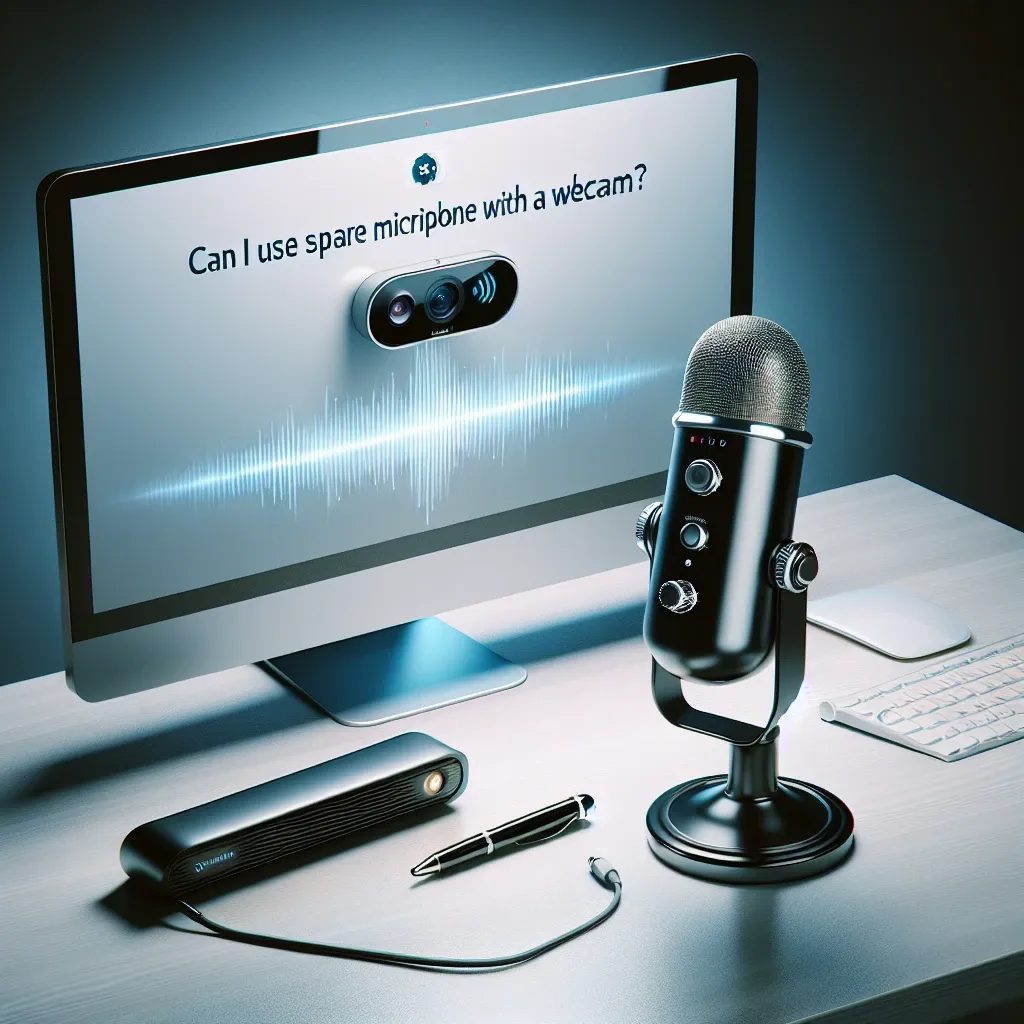In today’s digitally connected world, video conferencing and online streaming have become integral to personal and professional communication. As such, the quality of video and audio can significantly impact the overall experience. One common question that arises is whether it’s possible to use a separate microphone with a webcam. The short answer is yes, and here we will delve into the hows and whys of using external microphones for better audio quality.
Why Use a Separate Microphone with a Webcam?
The built-in microphones in webcams are typically omnidirectional and can capture a wide range of ambient sounds, leading to poor audio quality. Here are some key reasons why using a separate microphone can be advantageous:
- Enhanced Audio Quality: External microphones are designed to capture better sound quality, reducing background noise and enhancing voice clarity.
- Flexibility: You can position an external microphone closer to your mouth, which ensures that your voice is the primary focus.
- Professionalism: Higher audio quality adds a professional touch to your presentations, streams, and calls.
Comparative Audio Quality
To understand the impact of using a separate microphone, let’s compare some key parameters in the table below:
| Parameter | Built-in Webcam Microphone | External Microphone |
|---|---|---|
| Sound Quality | Average | High |
| Background Noise | High | Low |
| Directionality | Omnidirectional | Cardioid/Unidirectional |
How to Use a Separate Microphone with a Webcam
Setting up a separate microphone with your webcam is usually straightforward. Follow these steps to achieve the best results:
Step 1: Choose the Right Microphone
Select a microphone that suits your needs. USB microphones are highly convenient as they plug directly into your computer. Other options include XLR microphones, which require an audio interface.
Step 2: Connect the Microphone
Plug your external microphone into the appropriate port on your computer. For USB microphones, use a USB port, and for XLR microphones, connect through an audio interface.
Step 3: Configure Audio Settings
- Windows: Right-click the sound icon in the taskbar, select ‘Sounds’, go to the ‘Recording’ tab, set your external microphone as the default device.
- Mac: Go to ‘System Preferences’, select ‘Sound’, choose the ‘Input’ tab, and select your external microphone.
Troubleshooting Common Issues
Even with a separate microphone, you might encounter some common issues. Here’s how to tackle them:
No Sound from Microphone
Ensure that the microphone is securely connected. Check the audio settings to confirm that the correct microphone is selected as the input device.
Low Sound Quality
Check for any loose cables and ensure that the microphone is positioned correctly. Using a pop filter can help in reducing unwanted noise.
Practical Applications
Using a separate microphone with a webcam is highly beneficial in various scenarios, including:
- Online Meetings: Improved audio quality enhances communication and makes professional interactions more effective.
- Streaming: Clearer audio keeps your audience engaged, which is crucial for content creators on platforms like Twitch and YouTube.
- Podcasting: Superior audio fidelity makes for a more enjoyable listening experience.
Conclusion
The advantages of using a separate microphone with a webcam are clear: enhanced audio quality, reduced background noise, and a more professional audio setup. Whether you are in a corporate environment or a casual setting, investing in an external microphone can make a substantial difference in the clarity and overall quality of your voice during online interactions. Follow the steps and guidelines provided, and you’ll be well on your way to achieving crystal-clear audio in no time.

